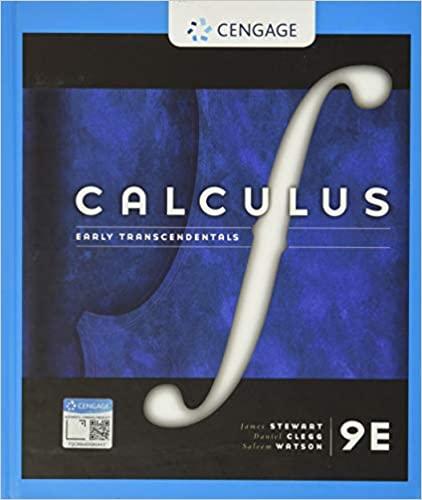Question
In 1945, an organization asked 1508 randomly sampled Americancitizens, Do you think we can develop a way to protect ourselves from atomic bombs in case
In 1945, an organization asked 1508 randomly sampled Americancitizens, "Do you think we can develop a way to protect ourselves from atomic bombs in case others tried to use them againstus?" with 811 responding yes. Did a majority of the citizens feel the country could develop a way to protect itself from atomic bombs in 1945? Use the =0.05 level of significance.
What are the null and alternativehypotheses?
H0:
p
p
mu
sigma
greater than
>
not equals
equals
=
less than
<
nothing
versus H1:
mu
sigma
p
p
less than
<
not equals
greater than
>
equals
=
nothing
(Type integers ordecimals.)
Determine the teststatistic, z0.
z0=
nothing
(Round to two decimal places asneeded.)
Use technology to determine theP-value for the test statistic.
TheP-value is
nothing
.
(Round to three decimal places asneeded.)
What is the correct conclusion at the =0.05 level ofsignificance?
Since theP-value is
less
greater
than the level ofsignificance,
do not reject
reject
the null hypothesis. There
is not
is
sufficient evidence to conclude that the majority of the citizens feel the country could develop a way to protect itself from atomic bombs.
Step by Step Solution
There are 3 Steps involved in it
Step: 1

Get Instant Access to Expert-Tailored Solutions
See step-by-step solutions with expert insights and AI powered tools for academic success
Step: 2

Step: 3

Ace Your Homework with AI
Get the answers you need in no time with our AI-driven, step-by-step assistance
Get Started


